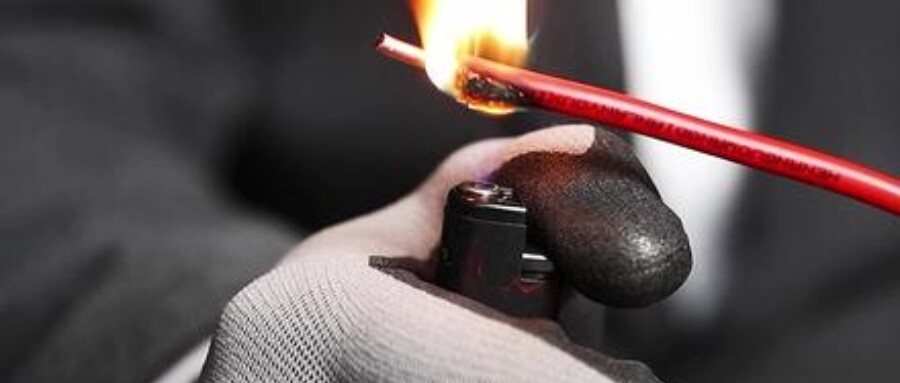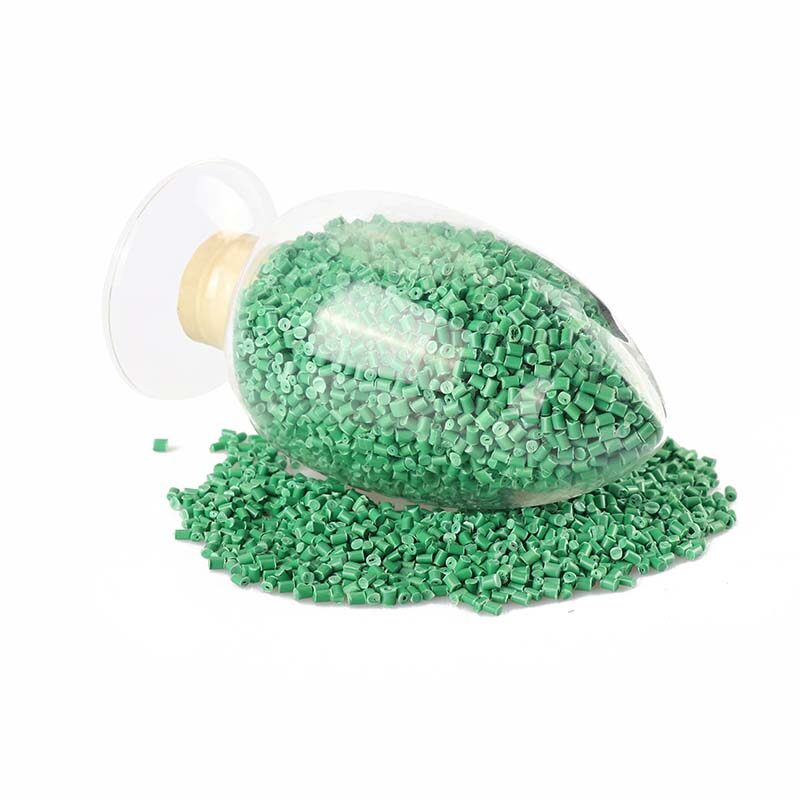Erreur de format d'e-mail
emailCannotEmpty
emailDoesExist
pwdLetterLimtTip
inconsistentPwd
pwdLetterLimtTip
inconsistentPwd

Offer Technical Support and Customized Solutions
The company is committed to creating new and improved plastic materials to meet the evolving demands of the market.

Demystifying UL94 Flame Retardant Ratings: Understanding and Debunking Common Misconceptions
UL94 flame retardant ratings are crucial for evaluating the fire resistance of materials such as PA66 UL94 V0, PA66 UL94 V2, and Flame Retardant PA6. These ratings, including V0, V2, and other designations, indicate the ability of a material to resist ignition and extinguish flames. However, there are misconceptions surrounding these ratings that require clarification. This article aims to provide a concise overview of flame retardant levels while debunking common misunderstandings associated with PA66 UL94 V0, PA66 UL94 V2, Flame Retardant PA6, and similar materials.
Flame Retardant Ratings Overview:
HB Rating:
The HB rating represents the lowest flame retardant level according to the UL94 standard. It sets requirements such as maximum burning speeds for different sample thicknesses and self-extinguishing capabilities before reaching a certain mark. Despite meeting minimum standards, the HB rating does not indicate significant flame resistance and should not be assumed as a high level of protection.
V-2 Rating:
The V-2 rating requires two short flame application tests followed by self-extinguishing within 30 seconds. Some misconceptions suggest that V-2 materials do not ignite or sustain a flame longer than 30 seconds. However, it's important to note that V-2 materials can burn beyond the application period, making them less fire-resistant than commonly assumed.
V-1 Rating:
Similar to the V-2 rating, the V-1 rating necessitates two flame application tests with self-extinguishing within 30 seconds. Contrary to popular belief, V-1 materials are not entirely self-extinguishing. They may continue to smolder or produce glowing embers after the flame is removed, potentially leading to fire hazards if not handled properly.
V-0 Rating:
The V-0 rating signifies the highest level of flame retardancy. Materials with a V-0 rating undergo the same testing process as V-2 and V-1 but must self-extinguish within 10 seconds. However, some misconceptions misinterpret the V-0 rating as implying complete fire resistance. It's essential to understand that V-0 materials can still ignite or burn under certain circumstances, though they exhibit a higher level of flame resistance compared to lower-rated materials.

Misconception :
Misconception 1:
V-0 Level Achieved Only Through Self-Extinguishment One common misconception is that some factories believe the only criterion for flame retardancy is self-extinguishment, meaning the material should not ignite at all. If any burning occurs, they consider it inadequate flame retardancy. This misconception arises from a lack of understanding of the standard, relying solely on hearsay that V-0 implies a 10-second ignition resistance. Regardless of others' explanations, such factories adhere to their own interpretation.
Misconception 2:
HB Grade is not a Flame Retardant Level; Any Untreated Material can be Labeled as HB In reality, HB grade is the lowest flame retardant rating in the UL94 standard, often referred to as "slow burning." It demands that for sample thicknesses between 3 to 13 millimeters, the burning speed should be less than 70 millimeters per minute or extinguish before reaching the 100 millimeter mark.
Misconception 3:
Higher Flame Retardant Level is Always Better; V-0 is Always Superior to V-2 Different plastic materials used for various applications have varying requirements for flame retardancy. While people generally prefer higher flame retardant levels, it is important to note that the conclusions drawn from different flame retardant testing methods are relative and context-dependent. Thus, a higher flame retardant rating does not necessarily mean superior performance.
For instance, it is commonly believed that materials with UL94V-0 rating are better than those with V-2 rating. However, certain electrical products require materials with arc resistance. In such cases, V-2 rating can be better than V-0. UL94V-2 materials do not form conductive arcs under electrical stress, significantly reducing the likelihood of ignition, unlike UL94V-0 materials, which behave differently.
Conclusion:
Understanding the UL94 flame retardant ratings is crucial for manufacturers and businesses dealing with modified plastic pellets like flame retardant PA6 granules. Debunking common misconceptions surrounding the UL94 standards helps in making informed decisions and ensuring the appropriate flame retardancy levels for different applications. It is essential to consult and adhere to the relevant standards and specifications to guarantee the safety and quality of products.
https://www.toponew.com/products/pa6-compound/plastic-impact-modifier-polyamide-6-resin

